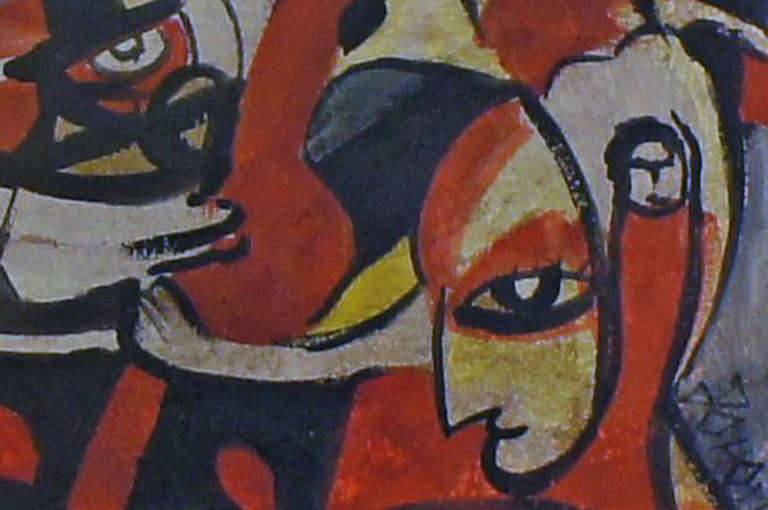

The first radio was created by Guglielmo Marconi in 1894 and by the 1910s the first commercial public radio stations begin broadcasting in the United States. The second influential technology that helped to create the modern music industry was commercial radio. Prior to the creation of the recorded music industry, popular music was shared through sheet music, piano rolls, and live shows. These record labels helped to expand the modern music industry because they took risks and and were more adventurous with their song and artist choices.ġ920s popular music was shared through sheet music, piano rolls, and live shows As the recording process improved, a number of independent record labels also began to appear during the 1920s. This change made the way that recordings were made sound much better and more natural, helping to expand the popularity of recorded music.

The way the music was recorded changed in the mid-1920s when the acoustical recording process was replaced with the electrical process. The gramophone was then created in the late 1880s and it used flat discs to reproduce sound, becoming popular in the early 1900s and replacing the phonograph. This invention lead to a recorded music market that began to appear in the 1880s. The phonograph was invented by Thomas Edison in 1877 and it used wax cylinders to play back recordings. the music recording industry was just beginning to form and a myriad of new technologies helped to create the way music was made and distributed. The 1920s was the decade that marked the beginning of the modern music era. Music Played in the 1920's Music Styles, Bands And Artists during From the 20s


 0 kommentar(er)
0 kommentar(er)
